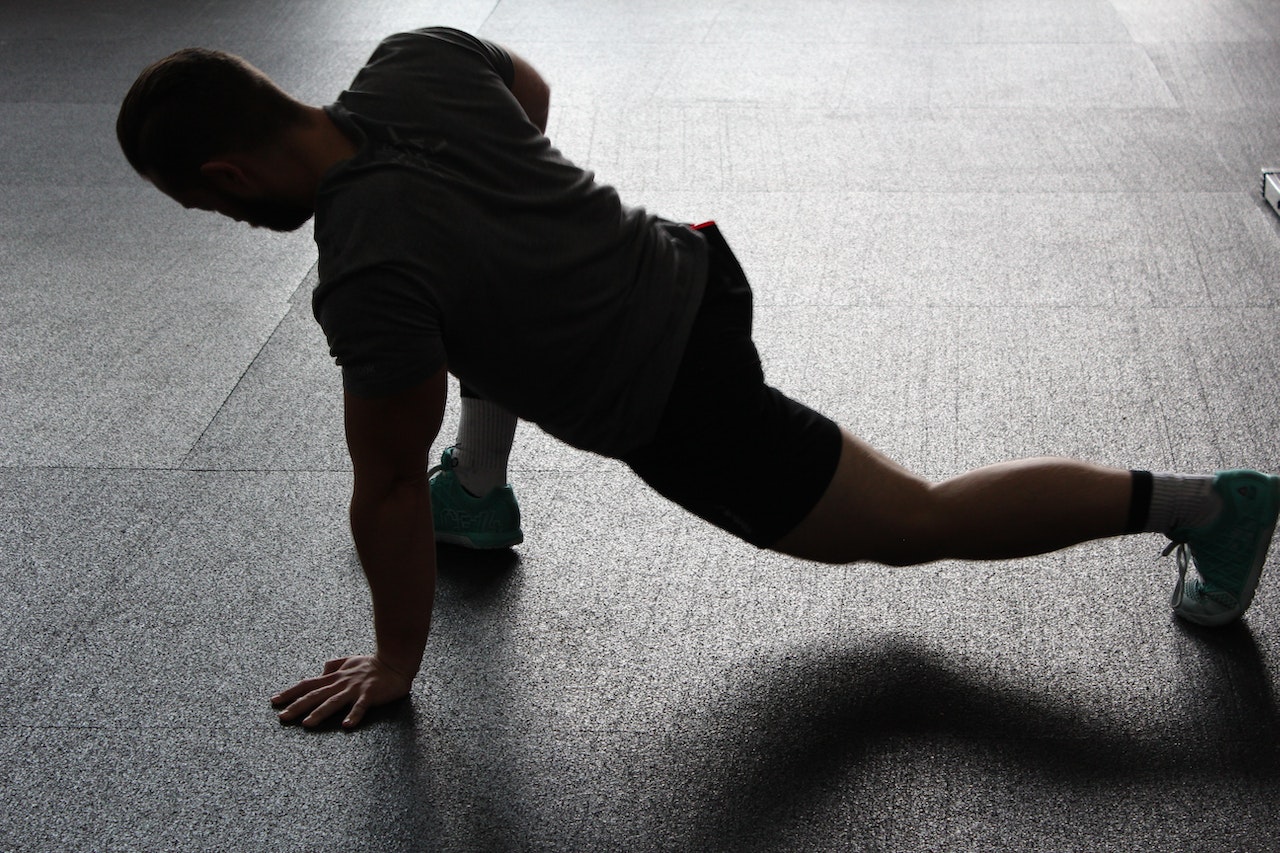
As an athlete, stretching is an essential part of your training routine. However, not all of it is created equal. Timing is everything when it comes to stretching. Whether it’s before or after exercise, knowing when to stretch can impact your performance and recovery.
Here’s what you need to know about the proper time to stretch as an athlete.
Stretching before practice or competition can improve your flexibility and range of motion, but it’s important to avoid static stretching for too long.
Studies have shown that prolonged static stretching before exercise can actually decrease strength and power output. Instead, focus on dynamic stretching, which involves moving through a range of motion to prepare your muscles for the activity ahead. This can include exercises such as leg swings, arm circles, or lunges.
On the other hand, stretching after exercise can help reduce muscle soreness and improve flexibility. This is the time to incorporate static stretching, which involves holding a stretch for 15-30 seconds. This can help improve your flexibility and range of motion, which is important for injury prevention and overall athletic performance.
When it comes to weightlifting, stretching can help improve your range of motion and prevent injury.
However, if you stretch immediately before lifting, you can actually decrease your strength and power output. Instead, focus on foam rolling and myofascial release techniques to improve your mobility and prepare your muscles for lifting. After your workout, incorporate static stretch to improve your flexibility and reduce muscle soreness.
Foam rolling is a form of self-myofascial release that involves using a foam roller to apply pressure to specific areas of your body. This can help break up adhesions in your muscles and improve your range of motion. Myofascial release is a similar technique that involves applying pressure to specific points in your muscles using a massage ball or other tool. These techniques can be used before or after exercise to improve your mobility and prepare your muscles for activity.
In conclusion, stretching is an essential part of any athlete’s training routine, but it’s important to time it according to your activity. Incorporating dynamic stretching before exercise, static after exercise, and foam rolling or myofascial release techniques for weightlifting can help improve your range of motion, prevent injury, and improve your overall athletic performance. By following these guidelines and incorporating stretching into your routine, you can take your training to the next level.
Sources:
- Behm, David G., and Anthony J. Blazevich. “The role of warm-ups in muscular injury prevention.” Physical Therapy in Sport 12.4 (2011): 176-182.
- Herbert, Robert D., and Marcos De Noronha. “Stretching to prevent or reduce muscle soreness after exercise.” Cochrane Database of Systematic Reviews 2011.7 (2011).
- Clark, Michael, et al. NASM Essentials of Corrective Exercise Training. Lippincott Williams & Wilkins, 2011.



